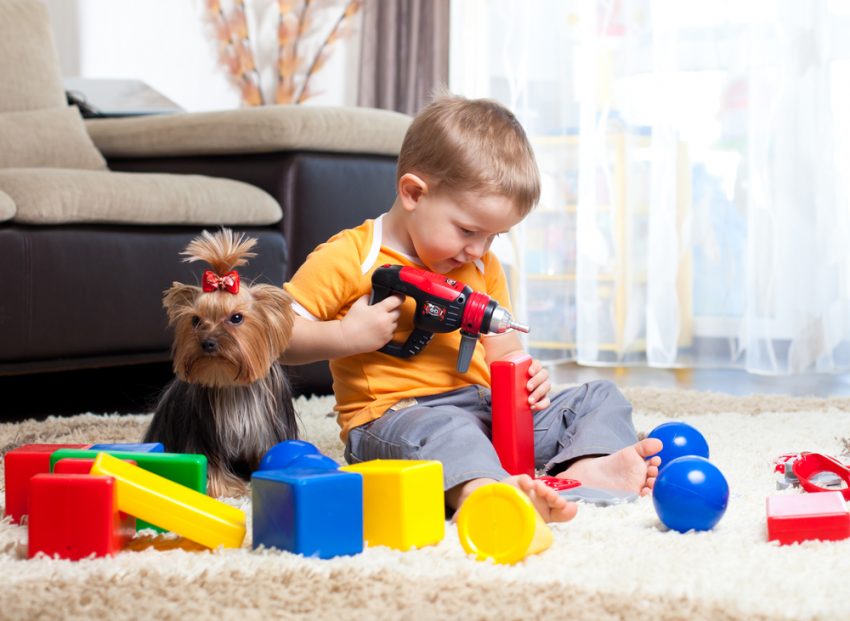School Holidays – for many it can mark a period of relief for parents, a break from the constant daily grind of getting children up and ready for school, packed lunches, early morning arguments about brushing teeth and putting socks on. For others, though it can mean an added stress of having to keep children constantly entertained, engaging them in fun but educational activities, jam-packed family trips to museums, theme parks, movies and the like plus providing on-going at home craft projects to keep the little ones busy.
Don’t know about you, but just reading that is exhausting.
Mum-Guilt. There it is again, always there, hovering like a black cloud. That Mum-guilt can rear its ugly head again in the holidays, where you can feel like if you aren’t providing your children with continuous amusement then you are somehow failing them.
Wrong.
Children these days are invariably plied with endless provisions in an attempt to stave off boredom which in actual fact can end up being counterproductive to the cause. If children aren’t given opportunities to initiate their own entertainment they can eventually find their imagination hindered.
In fact, studies have shown that children these days are actually lacking in creativity and imagination. In a society so focused on testing and the notion that there can only be one true answer to a problem, children today are finding less room for open-ended, indeterminate possibility.
Now if that alone doesn’t give you a guilt-free pass to encourage the kids to go off and entertain themselves then what will?
Children also need to be able to just be with themselves without constant stimulation. In a world of screens, incessant noise and a barrage of over-information we can find it difficult to gain stillness and become truly restful. This can lead to increased anxiety and stress in children, with school these days requiring more and more demands placed on our time it has become more important than ever that we are able to provide our children with opportunities to wind down.
It can also be particularly tricky in a busy world to be able to figure out what your own interests actually are while allowing the appropriate amount of time to be able to just think for yourself.
This all sounds well and good in the grand scheme of things though but how do you provide your children with the much-needed downtime they require without making life even harder for yourself? Well, in truth, if a child is used to being provided with on-tap entertainment and activities all the time then the transition to self-directed play is going to be onerous at first.
Start slow. If you just turn around tomorrow, throw them in the backyard and tell them to use their imaginations then you are inevitably going to be in for a world of whining.
In the childcare world, we like to talk about the idea of facilitating opportunities for children to direct their own learning through play, which essentially means that we like to provide props, subjects, and events to inspire children to use their own imagination and creativity rather than relying on being told what to do.
Here are some ideas on how to start:
–Try planning just one activity for part of the day, whichever works better for the family. I find afternoons are better for my wayward children because they are less likely to complain in the mornings and therefore more receptive to playing on their own. So, head to the park, library, play-date etc in the afternoon after a morning of free-play. If they learn to expect how things are going to work, then they will begin to look forward to their opportunity to play however they please.
–Try rotating toys. Children especially who are used to having planned activities will find themselves quickly tired of the same toys all the time. Rotating the available toys with ones stored away in a cupboard will provide a bit more excitement at play time.
–Make a variety of resources available for them to access. Simply placing a bucket of chalk out on the pavers when playing outside will provide children with an opportunity for autonomy. Rather than saying, “Here, let’s go do chalk drawing” we are affording children a chance to see the chalk, draw their own conclusions and therefore inspire them to create their own playtime activity.
–Encouraging quiet/rest time. Children, as well as adults, require a period every day to rest their minds and bodies. By encouraging children to switch off devices, choose a quiet toy or book and find a relaxing space in the house to enjoy it, we are setting the groundwork for self-initiated time to unwind and recharge. Even if, as with my own children, it lasts less than five minutes – the mere introduction of the concept alone is a starting point for setting good habits for the future.
Now, its my hope here that I am not coming across as preaching or somehow giving off the illusion that I have it all together because I’m not and I don’t.
On a day-to-day basis I am a hot mess of nappies, sleep deprivation and half completed household tasks whilst attempting to referee the rivalry of a tantruming two-year-old and a high-maintenance, boisterous four-year-old. I am armed however with enough knowledge, of how important it is for kids to be able to do their own thing without my needing to be breathing down their necks, that I am more than happy for them to be bored out of their minds while I enjoy my bucket of coffee.
You see, its not just ok for kids to be bored but it’s a cornerstone in their development so put down the planner, let go of the Mum-Guilt and let the kids entertain themselves for a bit these school holidays.
It will do them and YOU a world of good.
You may also like to read:
Active VS Passive Participation in Play









